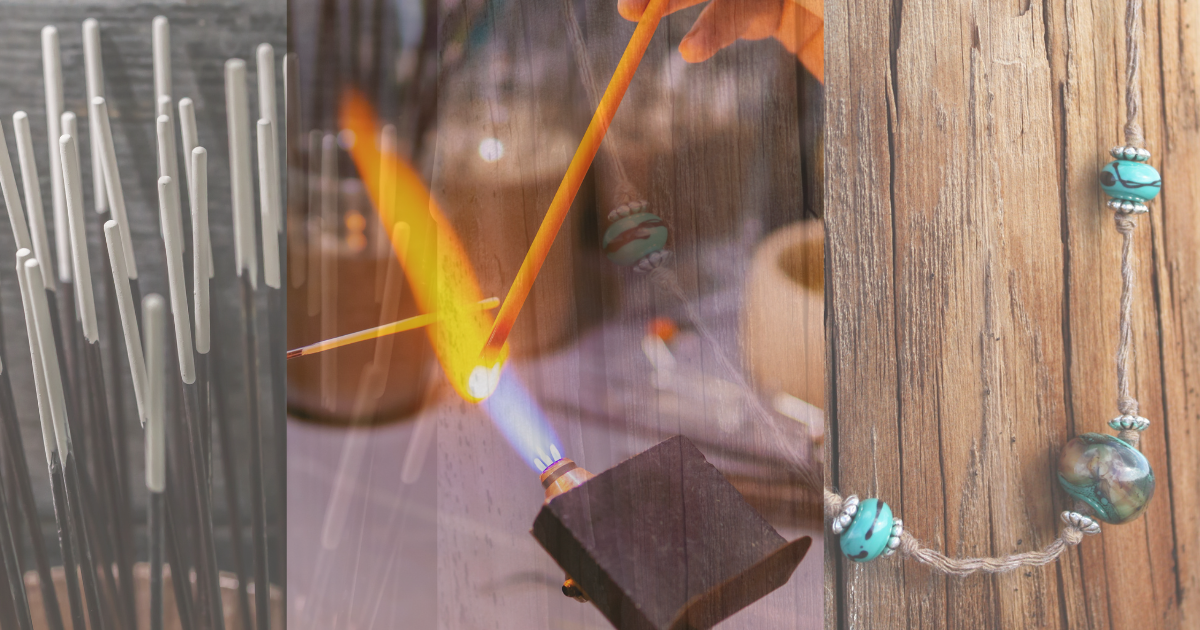Beads don’t just happen. Some are born from fire and forged with care.
Beadmaking is an art that has stood the test of time. From the first ancient artisans to today’s torch-wielding creators, the process is both a science and a craft.
Old-School Techniques That Still Wow
One of the oldest known techniques, stacked dots, dates all the way back to 400 BC. It involves layering dots of molten glass to create intricate, colorful patterns. Artists back then were incredibly skilled, and they didn’t even have YouTube tutorials!
Modern Lampworking: A Fire Dance
Today’s beadmakers, also known as lampworkers, use torches to melt glass rods and wrap them around a metal mandrel. From layering vibrant colors to encasing tiny objects inside, the possibilities are endless. Once formed, the beads go into a kiln for a process called annealing, which keeps them from cracking and ensures they’re strong enough to last.

Beads That Tell Personal Stories
Beads aren’t just beautiful; they’re meaningful. Programs like Beads of Courage give beads to children facing serious illnesses, with each one representing a treatment milestone. These aren’t just beads, they’re badges of bravery.

Beads in Archaeology
Beads are time capsules. Archaeologists use them to trace trade routes, cultural practices, and even personal relationships. One amazing discovery? Two halves of a Viking bead found in separate graves, reunited centuries later (Grave 14). Talk about a long-distance connection! So, the Next Time You See a Bead…
Whether it’s in a museum, on a bracelet, or in your own kiln, take a moment to appreciate it. That little bead has a big story, and it’s part of ours too.
I hope you enjoyed this 3 part blog. Check out the 1st part here, and the 2nd part here if you missed one.
Don’t forget to sign up for our mailing list to get notified when we have new posts.
-RoseG


